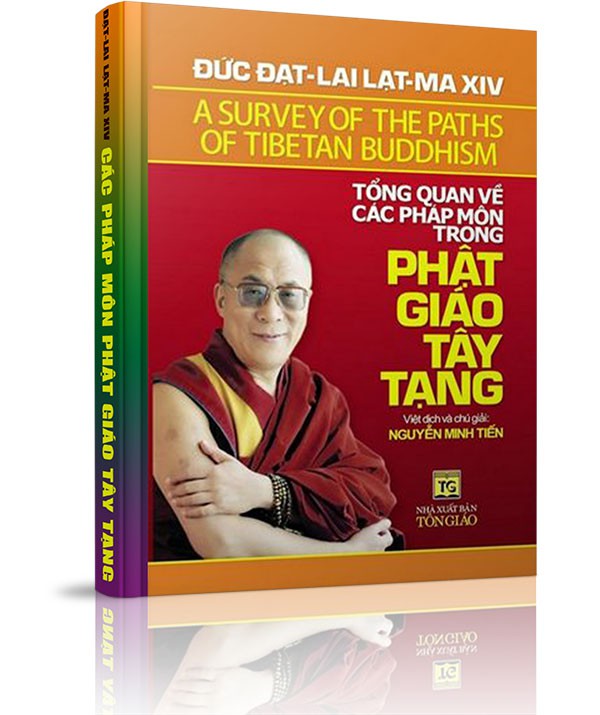Ðêm dài cho kẻ thức, đường dài cho kẻ mệt, luân hồi dài, kẻ ngu, không biết chơn diệu pháp.Kinh Pháp cú (Kệ số 60)
Để có thể hành động tích cực, chúng ta cần phát triển một quan điểm tích cực. (In order to carry a positive action we must develop here a positive vision.)Đức Đạt-lai Lạt-ma XIV
Thật không dễ dàng để tìm được hạnh phúc trong chính bản thân ta, nhưng truy tìm hạnh phúc ở bất kỳ nơi nào khác lại là điều không thể. (It is not easy to find happiness in ourselves, and it is not possible to find it elsewhere.)Agnes Repplier
Khi tự tin vào chính mình, chúng ta có được bí quyết đầu tiên của sự thành công. (When we believe in ourselves we have the first secret of success. )Norman Vincent Peale
Điều người khác nghĩ về bạn là bất ổn của họ, đừng nhận lấy về mình. (The opinion which other people have of you is their problem, not yours. )Elisabeth Kubler-Ross
Vết thương thân thể sẽ lành nhưng thương tổn trong tâm hồn sẽ còn mãi suốt đời. (Stab the body and it heals, but injure the heart and the wound lasts a lifetime.)Mineko Iwasaki
Hãy sống như thể bạn chỉ còn một ngày để sống và học hỏi như thể bạn sẽ không bao giờ chết. (Live as if you were to die tomorrow. Learn as if you were to live forever. )Mahatma Gandhi
Sống trong đời cũng giống như việc đi xe đạp. Để giữ được thăng bằng bạn phải luôn đi tới. (Life is like riding a bicycle. To keep your balance you must keep moving. )Albert Einstein
Người nhiều lòng tham giống như cầm đuốc đi ngược gió, thế nào cũng bị lửa táp vào tay. Kinh Bốn mươi hai chương
Nên biết rằng tâm nóng giận còn hơn cả lửa dữ, phải thường phòng hộ không để cho nhập vào. Giặc cướp công đức không gì hơn tâm nóng giận.Kinh Lời dạy cuối cùng
Mục đích của đời sống là khám phá tài năng của bạn, công việc của một đời là phát triển tài năng, và ý nghĩa của cuộc đời là cống hiến tài năng ấy. (The purpose of life is to discover your gift. The work of life is to develop it. The meaning of life is to give your gift away.)David S. Viscott
Trang chủ »» Danh mục »» TỦ SÁCH RỘNG MỞ TÂM HỒN »» A Survey of the Paths of Tibetan Buddhism »» The Second Turning of the Wheel of Dharma »»
 Xem Mục lục
Xem Mục lục  Vietnamese || Đối chiếu song ngữ
Vietnamese || Đối chiếu song ngữ

DO NXB LIÊN PHẬT HỘI PHÁT HÀNH
Mua sách qua Amazon sẽ được gửi đến tận nhà - trên toàn nước Mỹ, Canada, Âu châu và Úc châu.
Quý vị đang truy cập từ IP 216.73.216.60 và chưa ghi danh hoặc đăng nhập trên máy tính này. Nếu là thành viên, quý vị chỉ cần đăng nhập một lần duy nhất trên thiết bị truy cập, bằng email và mật khẩu đã chọn.
Chúng tôi khuyến khích việc ghi danh thành viên ,để thuận tiện trong việc chia sẻ thông tin, chia sẻ kinh nghiệm sống giữa các thành viên, đồng thời quý vị cũng sẽ nhận được sự hỗ trợ kỹ thuật từ Ban Quản Trị trong quá trình sử dụng website này.
Việc ghi danh là hoàn toàn miễn phí và tự nguyện.
Ghi danh hoặc đăng nhập